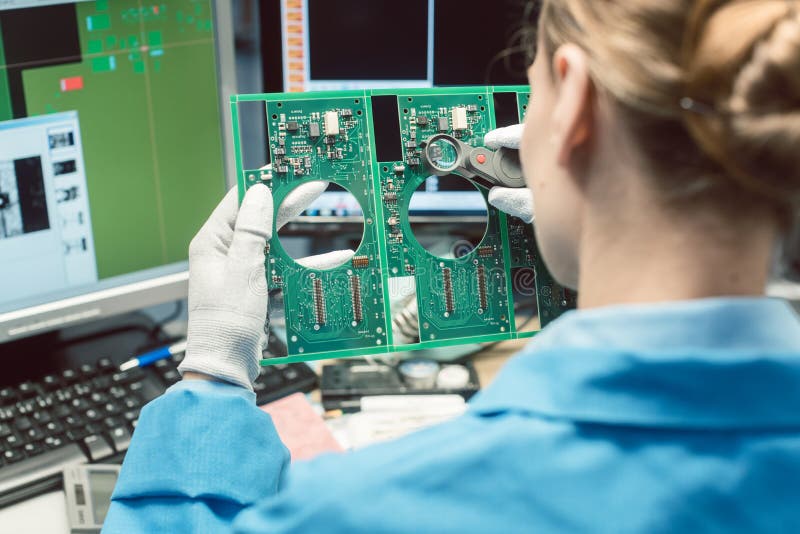In the realm of electronics, mixed technology PCB assembly is a crucial concept that combines different component technologies to optimize performance and functionality. This process involves the integration of both surface mount technology (SMT) and through-hole technology (THT) in a single printed circuit board (PCB). In this article, we’ll delve into the intricacies of mixed technology PCB assembly, providing a comprehensive understanding for exporters and importers navigating this field.

What is Mixed Technology PCB Assembly?
Mixed technology PCB assembly refers to the practice of using both SMT and THT components on a single PCB. This hybrid approach allows manufacturers to leverage the advantages of each technology, resulting in a more versatile and efficient electronic product.
Benefits of Mixed Technology PCB Assembly
The combination of SMT and THT offers numerous benefits, including:
1. Enhanced Performance
By integrating both technologies, manufacturers can optimize the performance of their electronic products. SMT components are known for their compact size and high-speed capabilities, while THT components provide robust mechanical strength and heat resistance.
2. Cost Efficiency
Utilizing mixed technology PCB assembly can be cost-effective. It allows for the use of smaller components, reducing material costs and enabling more efficient use of space on the PCB.
3. Improved Reliability
The combination of SMT and THT components enhances the reliability of the PCB, ensuring better performance and longevity in various applications, from consumer electronics to industrial equipment.
Challenges in Mixed Technology PCB Assembly
Despite its benefits, mixed technology PCB assembly presents several challenges, such as:
1. Design Complexity
The integration of SMT and THT components requires careful design considerations to ensure compatibility and optimal performance. This complexity can lead to increased design times and costs.
2. Assembly Process
The assembly process for mixed technology PCBs can be more intricate compared to single technology assemblies. It requires specialized equipment and expertise to ensure accurate placement and soldering of components.
3. Inspection and Testing
Quality assurance is critical in mixed technology PCB assembly. Automated inspection techniques, such as those discussed in automated inspection, are essential to identify potential defects and ensure the reliability of the final product.
Applications of Mixed Technology PCB Assembly
Mixed technology PCB assembly is widely used across various industries, including:
1. Consumer Electronics
From smartphones to smart home devices, mixed technology PCBs enable compact designs with high functionality, meeting the demands of modern consumers.
2. Automotive Industry
In the automotive sector, mixed technology assemblies are crucial for advanced driver-assistance systems (ADAS) and other electronic control units (ECUs), providing reliable performance under harsh conditions.
3. Medical Devices
Medical devices require precision and reliability, making mixed technology PCBs ideal for applications such as diagnostic equipment and wearable health monitors.
Design Considerations for Mixed Technology PCB Assembly
Designing a mixed technology PCB involves several key considerations:
1. Component Placement
Strategic placement of SMT and THT components is essential to ensure optimal performance and minimize interference. This may involve the use of simulation tools and collaboration with turnkey engineers.
2. Thermal Management
Effective thermal management is crucial to prevent overheating and ensure the longevity of the PCB. This may involve the use of heat sinks, thermal vias, and other cooling techniques.
3. Signal Integrity
Maintaining signal integrity is vital for high-speed applications. Careful routing and impedance control are necessary to minimize signal loss and interference.
Future Trends in Mixed Technology PCB Assembly
The field of mixed technology PCB assembly is continuously evolving, with several emerging trends:
1. Miniaturization
As consumer demand for smaller, more powerful devices grows, the trend toward miniaturization is likely to continue, driving innovations in component design and assembly techniques.
2. Advanced Materials
The development of advanced materials, such as flexible substrates and high-frequency laminates, is expected to enhance the performance and versatility of mixed technology PCBs.
3. Sustainability
With a growing emphasis on sustainability, manufacturers are exploring eco-friendly materials and processes to reduce the environmental impact of PCB production.
Conclusion
In summary, mixed technology PCB assembly offers a versatile and efficient solution for a wide range of electronic applications. By combining the strengths of SMT and THT technologies, manufacturers can create products that meet the demands of modern consumers while optimizing performance and reliability. As the industry continues to evolve, staying informed about the latest trends and challenges will be crucial for exporters and importers navigating this dynamic field.

FAQs
What are the main advantages of mixed technology PCB assembly?
Mixed technology PCBs offer enhanced performance, cost efficiency, and improved reliability by combining the strengths of SMT and THT components.
Why is mixed technology PCB assembly more complex?
The integration of different technologies requires careful design, specialized assembly processes, and stringent quality assurance to ensure optimal performance and reliability.
What industries benefit from mixed technology PCB assembly?
Industries such as consumer electronics, automotive, and medical devices benefit from mixed technology PCBs due to their versatility and performance capabilities.
For more insights into the benefits of mixed technology PCB assembly, visit Protoexpress.


